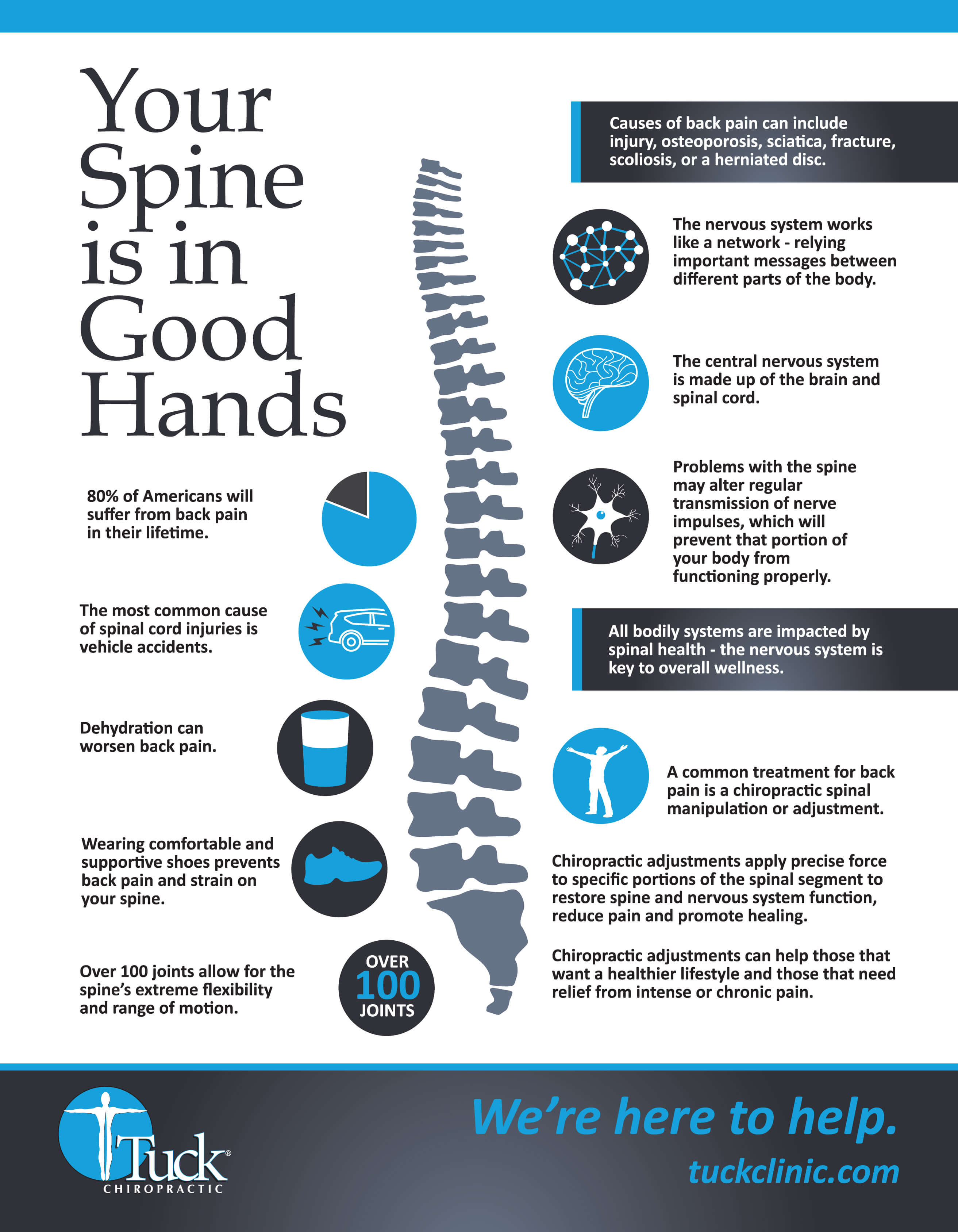Why Does Soft Tissue Treatment Hurt? Understanding The Process
Why Does Soft Tissue Treatment Hurt? Understanding The Process
Blog Article
Content Create By-Carstens Lundgaard
When you undertake soft Tissue treatment, you might locate it remarkably unpleasant. https://www.redmond-reporter.com/business/chiropractic-instrument-takes-the-crack-out-of-spinal-adjustment/ occurs as pressure is applied to tense muscle mass and damaged tissues, causing your discomfort receptors. While it can feel upsetting in the moment, there's a factor behind this feeling. Understanding what occurs in your body throughout these treatments can assist you appreciate the procedure. So, exactly what is taking place under the surface area?
The Physiology of Pain During Soft Tissue Therapy
When you go through soft Tissue treatment, your body's action to pain is a complex interplay of physical procedures. As the specialist applies pressure, your body turns on discomfort receptors, sending signals to your brain. This causes the release of neurotransmitters, such as compound P and glutamate, which enhance the sensation of discomfort.
Your muscle mass may also tense up in feedback, further making complex the experience. In addition, your body might release endorphins, natural pain relievers that can help minimize some discomfort.
The communication in between these processes can create a special experience for each and every person. Recognizing this physical feedback helps you navigate the experiences during treatment, allowing you to value the balance between pain and the potential for recovery advantages.
The Role of Discomfort in the Healing Process
Although pain during soft Tissue treatment can really feel frustrating, it plays a vital duty in the recovery procedure. When you experience discomfort, your body is indicating that it's functioning to repair damaged cells. This action assists enhance blood circulation to the affected area, delivering important nutrients and oxygen needed for healing.
Furthermore, pain can advertise the launch of endorphins, your body's natural pain relievers, producing a sense of relief post-treatment. Welcoming manual lymphatic drainage therapy can assist you understand your body's limits and encourage you to resolve underlying problems.
While it's awkward now, this process is vital for long-term healing and enhanced function. Acknowledging pain as a vital part of recovery can encourage you to stay dedicated to your therapy.
Tips for Taking Care Of Pain During and After Therapy
Taking care of discomfort during and after soft Tissue therapy can considerably improve your overall experience and healing.
To begin, connect openly with your specialist regarding your pain degrees; they can change strategies as necessary. Utilizing deep breathing techniques can likewise help you relax and relieve pain.
Think about using ice to the cured location post-session to lower swelling and numb soreness. Remaining hydrated help in the healing procedure, so drink plenty of water.
Gentle stretching and light movement after therapy can advertise blood circulation and ease stiffness. Lastly, ensure you obtain appropriate remainder to allow your body to heal.
Carrying out these tips can make your soft Tissue therapy a lot more manageable and pleasurable.
Conclusion
In conclusion, while soft Tissue therapy can be uneasy, it's important to recognize that this discomfort plays an essential role in your recovery journey. By comprehending the physiological actions at play, you can come close to the therapy with an extra positive way of thinking. Bear in mind, the initial pain typically gives way to relief as your body launches endorphins. Accept the procedure, and don't think twice to utilize the pointers for taking care of discomfort to enhance your experience and healing.
